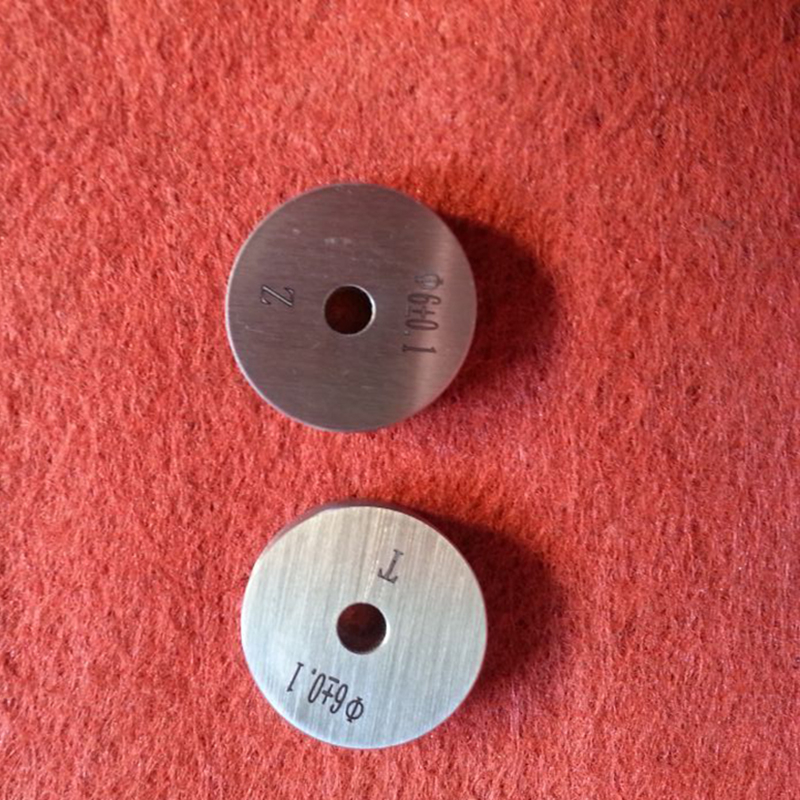Dec . 15, 2024 08:52 Back to list
check valve types and applications
Check Valve Types and Applications
Check valves, also known as non-return valves, are essential components in various piping systems, ensuring that fluids flow in the intended direction while preventing backflow. They play a critical role in maintaining system efficiency, safety, and integrity. Understanding the different types of check valves and their applications is crucial for engineers and technicians involved in fluid dynamics. Below, we explore the main types of check valves and their typical uses.
Types of Check Valves
1. Swing Check Valve The swing check valve operates with a hinged disk that swings open and closed in response to fluid flow. When fluid flows in the intended direction, the disk is lifted off its seat, allowing flow. Conversely, when the flow reverses, the disk swings back into its seat due to gravity or back pressure, preventing backflow. Swing check valves are suitable for large diameter pipes and low to moderate flow rates, making them common in water supply systems and sewage treatment.
2. Lift Check Valve The lift check valve utilizes a sliding disc that moves vertically. Similar to the swing check, it opens with forward flow and closes with backflow; however, the disc lifts straight up rather than swinging. This design results in less turbulence and can be used in applications involving higher velocity fluids. Lift check valves are commonly found in steam, water, and gas systems, particularly where space is limited and a tighter seal is required.
3. Ball Check Valve As the name suggests, this valve uses a ball (usually made of rubber or metal) to block the flow. When the fluid flows in the correct direction, the ball is lifted off the seat, allowing passage. When backflow occurs, the ball settles back onto the seat, effectively sealing the valve. Ball check valves are often used in applications where solid particles may be present, as the design minimizes the risk of clogging. They are commonly found in irrigation systems, chemical processing, and waste disposal systems.
4. Diaphragm Check Valve A diaphragm check valve features a flexible diaphragm that opens and closes according to the pressure of the fluid. When flow occurs, the diaphragm lifts, allowing passage, and when backflow happens, the diaphragm seals against the seat, preventing reverse flow. These valves are ideal for handling slurries or corrosive fluids, commonly found in pharmaceutical and food processing industries due to their hygienic design.
5. Pressure Relief Check Valve This type of check valve is designed to protect a system from overpressure scenarios. It combines the functions of a check valve and a pressure relief valve, allowing flow only in one direction while diverting excess pressure to a safe path. This type is widely used in water distribution systems, boiler systems, and various industrial processes where pressure management is critical.
check valve types and applications

Applications of Check Valves
Check valves are versatile and applicable in numerous fields, each requiring specific designs to address unique challenges. The following outlines some primary applications
- Water Supply and Wastewater Treatment In municipal water systems, check valves prevent backflow of contaminated water into clean water supply lines, ensuring safe drinking water
. In wastewater systems, they help direct flow through treatment plants effectively.- Oil and Gas Industry Check valves maintain one-way flow in pipelines transporting crude oil, natural gas, and refined products, preventing backslips that could cause leaks and environmental hazards.
- Chemical Processing Chemical industries rely on check valves to secure piping systems against reverse flow of reactive or hazardous substances, safeguarding equipment and personnel.
- HVAC Systems In heating, ventilation, and air conditioning, check valves help manage the flow of fluids and gases, ensuring efficient operation of pumps and protection against system backflows.
- Marine Applications In shipbuilding and marine engineering, check valves are used to ensure that seawater does not flow back into the engine cooling systems, which could lead to machinery failure.
In conclusion, check valves are vital components that support effective fluid management across various industries. Understanding their types and suitable applications aids in selecting the correct valve for specific operational needs, ultimately enhancing system reliability and performance. Whether in water supply, chemical processing, or industrial machinery, the right check valve contributes to the smooth and safe operation of fluid systems.
-
Y Type Strainer Maintains System Efficiency Long TermNewsJul.15,2025
-
Valve Selection Guide for Industrial ApplicationsNewsJul.15,2025
-
Steel Fab Table Provides Durable Work Surface for WeldingNewsJul.15,2025
-
Pad Iron Provides Stable Support for Heavy MachineryNewsJul.15,2025
-
One Inch Check Valve Fits Standard Plumbing SystemsNewsJul.15,2025
-
Measuring Micrometer Ensures Precise Dimensional AccuracyNewsJul.15,2025
Related PRODUCTS









